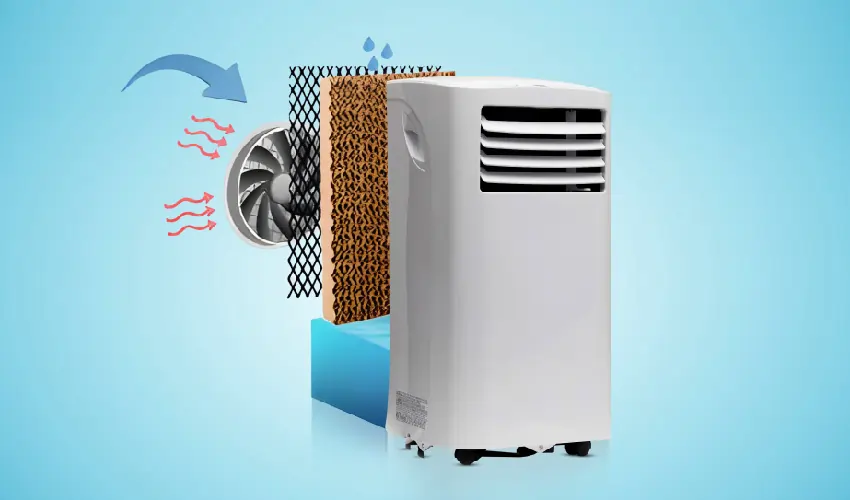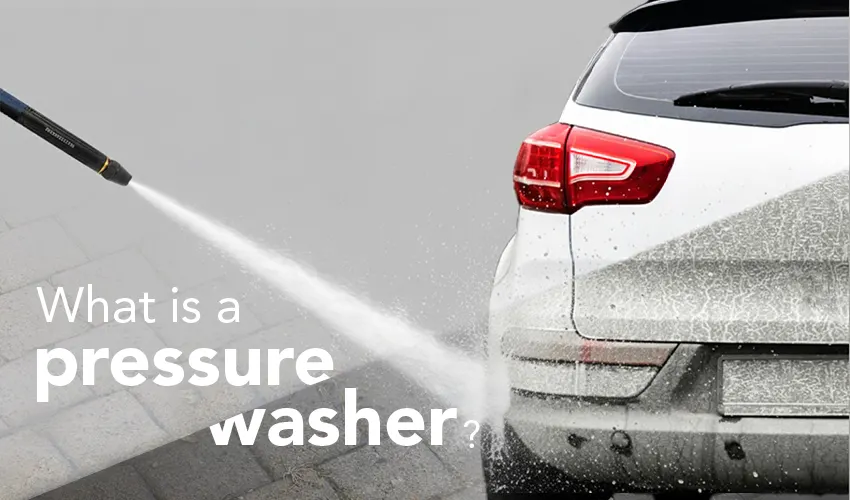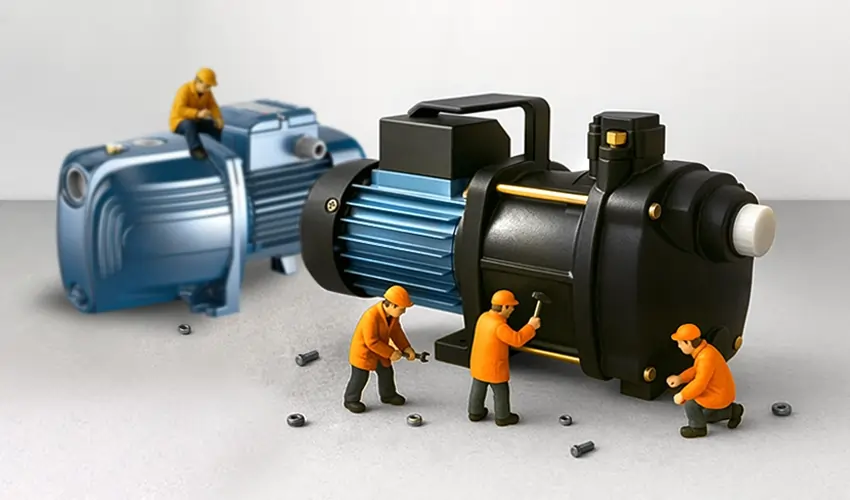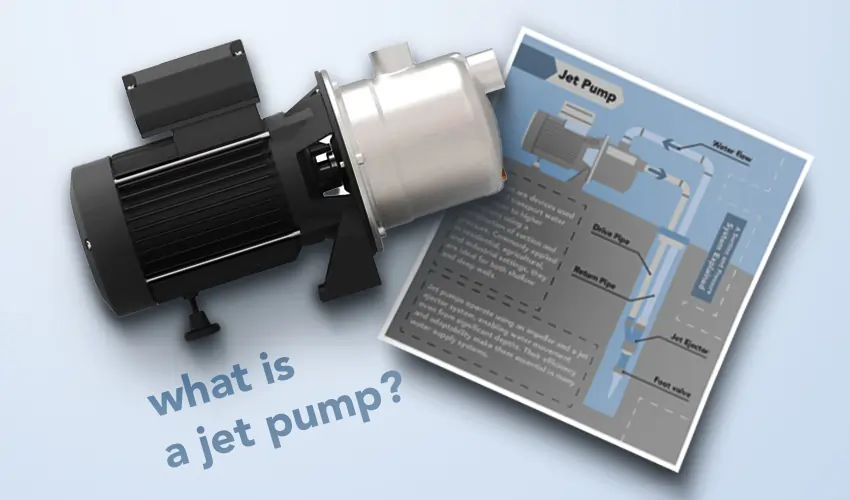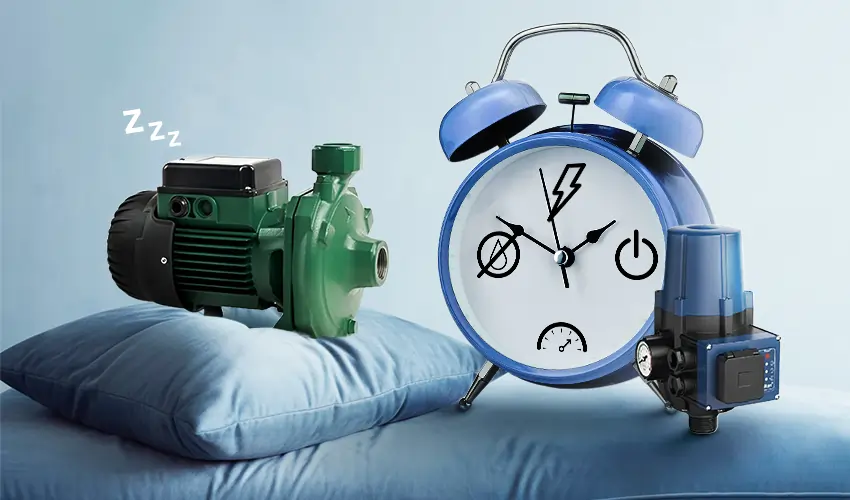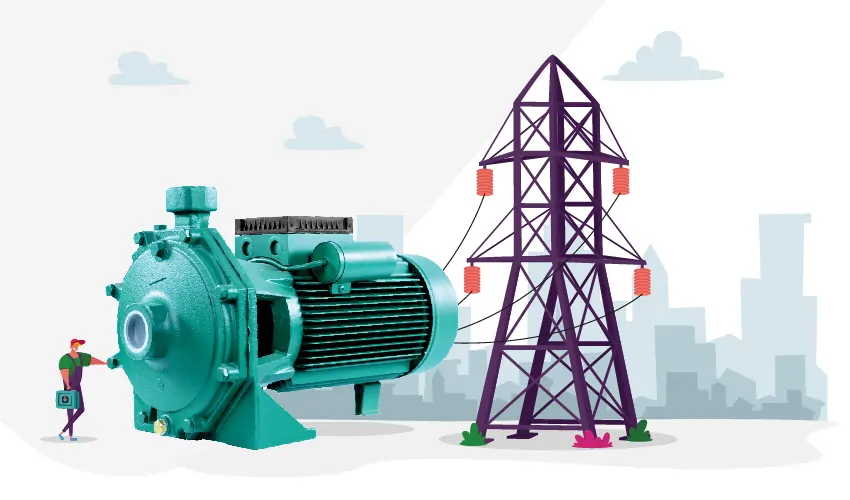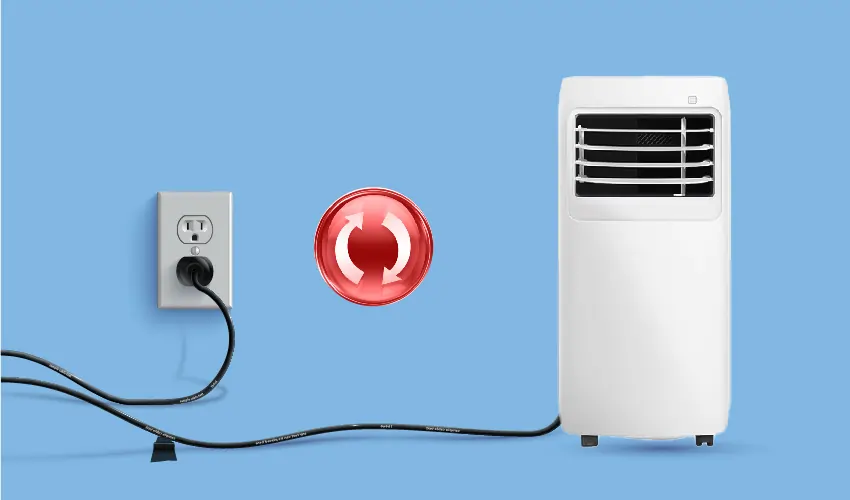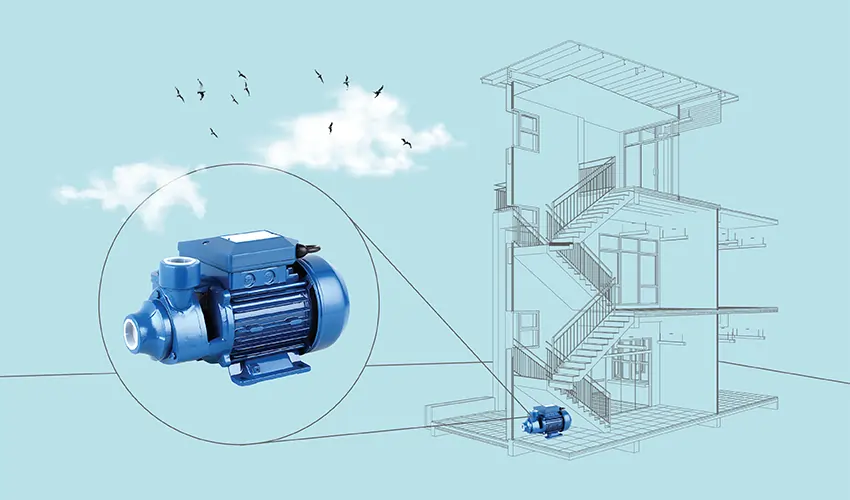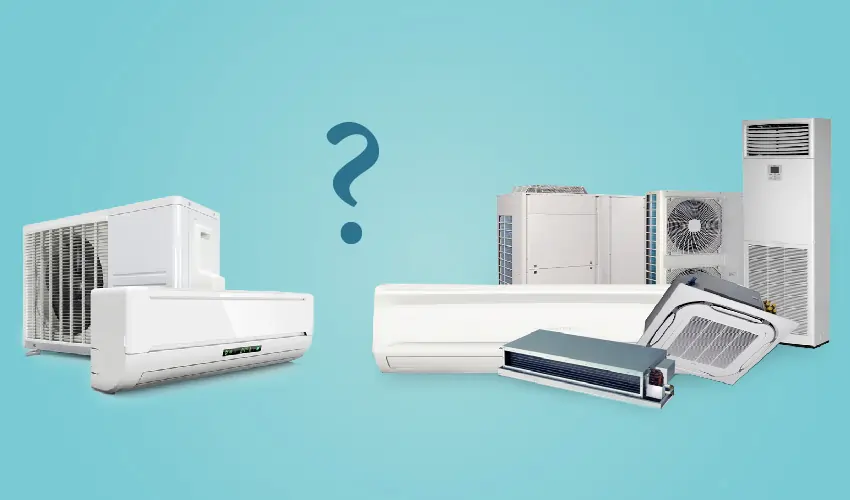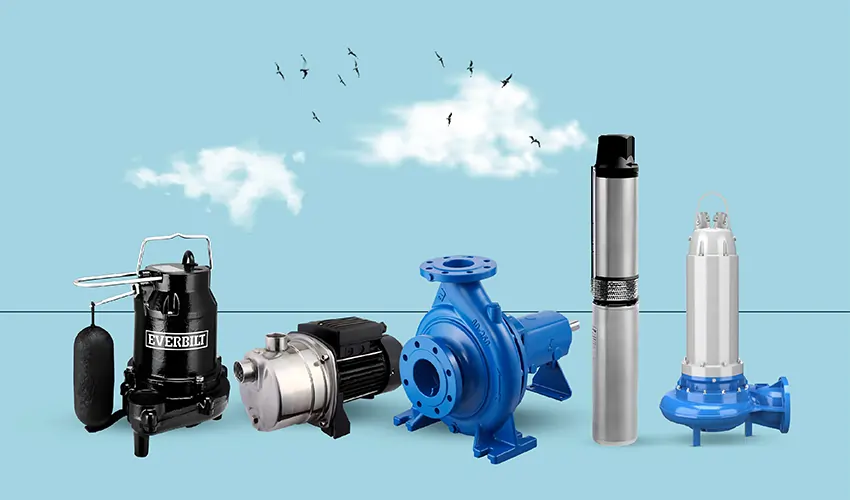In this post, we argue about where and when to put water in portable air conditioners.
Why should we pour water into a portable air conditioner?
Adding water to a portable air conditioner can help to cool the room more efficiently and quickly. The water inside the unit evaporates, and as this occurs, heat is released from the cooled space into the atmosphere. This process transfers the heat in the area to the outside of the home or office. The water reservoir is used to increase the efficiency of the unit. By evaporating water, the portable air conditioner can cool the air more effectively.
However, it’s important to note that not all portable air conditioners require water. There are two main types of portable ACs: ventless and vented.
Ventless portable air conditioners, often called swamp coolers or evaporative air conditioners, use a fan and water reservoir to disperse cool water into a room to decrease the temperature. These systems need additional water to operate.
Vented portable air conditioners have an exhaust hose that attaches to a window. These systems pull hot, humid air out of a room to cool the area. Because vented portable ACs remove moisture from the air, they’re better suited for hot, humid environments and require manual removal of water from their reservoir.
Where is the Water Reservoir in a Portable Air Conditioner?
The water reservoir in a portable AC is typically located at the bottom of the unit. As the unit operates, it draws moisture from the air, which condenses into water and is collected in this reservoir. The size of the reservoir can vary depending on the model or size of the air conditioner, and it could hold anywhere from a few pints to a gallon of water.
In some models, there is a built-in drainage system that expels the moisture through a hose. In others, the condensed water needs to be manually emptied from the reservoir periodically. If the drainage system isn’t working properly, or if the reservoir is full, the water can start to back up into the unit, leading to potential issues such as mold and mildew growth, rusting of internal components, and even water damage to your home.
Therefore, it’s important to check the drain pan regularly and empty it when it gets full. Also, check the drain hose for any blockages or kinks that could prevent proper drainage. If you have an older unit, consider upgrading to a newer model that has an automatic shut-off feature that prevents overflow in case of a clog or blockage.
The characteristics of the water we pour in the portable air conditioner
When using a portable air conditioner that requires water, there are several characteristics of the water you pour into it that you should consider:
Purity
Distilled Water: Using distilled water is often recommended because it is free from minerals and impurities that can build up inside the unit, reducing efficiency and potentially causing damage.
Filtered Water: If distilled water is not available, using filtered water is a good alternative to minimize the introduction of minerals and contaminants.
Temperature
Cool Water: Using cool water can enhance the cooling effect, making the air conditioner more effective.
Avoid Hot Water: Avoid using hot water as it can reduce the cooling efficiency and may potentially damage the unit
Cleanliness
No Debris: Ensure the water is free from any debris or particulate matter that could clog the internal mechanisms of the air conditioner.
Regular Replacement: Water should be replaced regularly to prevent the growth of mold and bacteria, which can lead to unpleasant odors and health issues.
Mineral Content: Water with high mineral content (hard water) can lead to scale buildup within the air conditioner. Using water with low mineral content helps maintain the unit’s efficiency and longevity.
H Levels: Water should ideally have a neutral pH (around 7) to prevent corrosion or other damage to the internal components of the air conditioner.
The method and conditions of filling the water tank of the portable air conditioner
Here are the steps to fill the portable air conditioner water tank:
Inspect Your Air Conditioner: Before filling it with water, ensure your portable air conditioner is in working order. Check for any visible signs of damage to the unit and see if all components are secure.
Choose the Right Water Type: You need to choose the right type of water for your air conditioner. If you have hard water, opt for distilled or deionized water. This will help prevent any buildup or blockages in the unit’s pipes and components.
Fill Your Air Conditioner: Once you’ve chosen the right water, it’s time to fill up your portable air conditioner. Some models have a designated fill port where you can pour in the water. Other units may require you to use a hose or pipe to connect it directly to your main water supply. Once connected, let the water run until the desired level has been reached. Use a funnel to help you pour the water into the fill port of your portable air conditioner. Never overfill the tank; follow the manufacturer’s instructions on how much water should be filled in the unit.
Monitor The Levels: You should regularly check and monitor the water levels in your air conditioner to ensure it’s not running too low or too high. If you notice that the water level is too low, add more as needed.
Regular Maintenance: At least once a week (or every couple of days, if you run the system constantly), clean the water tank, wipe it out, and fill it with fresh water to avoid mold in the air conditioner.
Should I drain my portable air conditioner?
Yes, draining your portable air conditioner is an important maintenance task, especially if your unit collects condensate during operation. Here’s why and how to do it:
Preventing Overflow: Portable air conditioners remove humidity from the air as they cool it, condensing it into water. This water collects in a reservoir or a tray within the unit. If this water is not drained regularly, it can overflow, potentially causing water damage to your floors or surrounding area.
Avoiding Mold and Mildew Growth: Stagnant water in the reservoir can become a breeding ground for mold and mildew, which not only poses health risks but can also affect the air quality in your space.
Maintaining Efficiency: Regularly draining the condensate helps maintain the efficiency of your portable air conditioner. If the reservoir becomes full, the unit may not operate as effectively, leading to reduced cooling performance.
Here’s how to drain your portable air conditioner:
Turn off the Unit: Before draining the condensate, make sure the portable air conditioner is turned off and unplugged from the power source to avoid any electrical hazards.
Locate the Drain Port or Reservoir: Depending on your unit, the drain port or reservoir may be located at the bottom or back of the unit. Refer to your user manual for specific instructions on where to find it.
Empty the Reservoir: If your unit has a removable reservoir, carefully remove it and empty the collected water into a sink or drain. If the reservoir is not removable, you may need to use a small container or hose to drain the water.
Clean the Reservoir: After emptying the reservoir, wipe it clean with a damp cloth to remove any debris or buildup. This helps prevent mold and mildew growth.
Replace the Reservoir: Once the reservoir is clean and dry, replace it securely in the unit.
Check the Drain Hose (if applicable): If your portable air conditioner has a drain hose connected to the unit, make sure it is not clogged or kinked. Clear any obstructions to ensure proper drainage.
Regular Maintenance: Make draining the condensate a regular part of your portable air conditioner maintenance routine, especially during periods of heavy use or high humidity.
When should I fill the portable air conditioner with water?
When to fill your portable air conditioner with water depends on the type of unit you have:
Evaporative Coolers: If you have an evaporative cooler or swamp cooler, you’ll need to fill the water tank whenever it runs low. These units rely on water to operate, as the water evaporates to cool the air. Typically, you’ll need to fill the tank before each use or as needed throughout the day, depending on the size of the tank and how long you’re running the unit.
Traditional Portable Air Conditioners: If your portable air conditioner functions as a traditional AC unit, you don’t need to fill it with water for cooling purposes. Instead, these units use refrigerant to cool the air and condense moisture from the air into water, which is then collected in a reservoir or tray. In this case, you only need to worry about draining the collected water, as mentioned earlier, rather than filling the unit with water.
Conclusion
In conclusion, the type of water used should ideally be clean and fresh, and in areas with hard water, distilled or deionized water is recommended. Regular maintenance, including cleaning the water tank and monitoring the water levels, is crucial for the efficient operation of the unit. Always refer to the user manual of your specific model for best practices and recommendations.

